
Fort Snelling is a former military fortification and National Historic Landmark in the U.S. state of Minnesota on the bluffs overlooking the confluence of the Minnesota and Mississippi Rivers. The military site was initially named Fort Saint Anthony, but it was renamed Fort Snelling once its construction was completed in 1825.
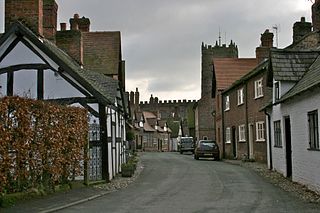
Great Budworth is a village and civil parish in Cheshire, England, four miles (6.4 km) north of Northwich off the A559 road, east of Comberbach, northwest of Higher Marston and southeast of Budworth Heath. Until 1948, Great Budworth was part of the Arley Hall estate.
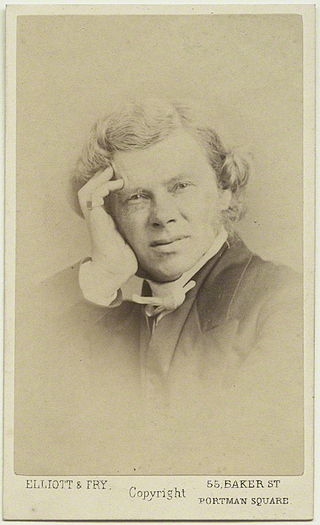
John Saul Howson, British divine and school master, who served as Dean of Chester Cathedral and Principal of Liverpool College

The Territory of Minnesota was an organized incorporated territory of the United States that existed from March 3, 1849, until May 11, 1858, when the eastern portion of the territory was admitted to the Union as the State of Minnesota and the western portion became unorganized territory and shortly after was reorganized as part of the Dakota Territory.

Werburgh was an Anglo-Saxon princess who became the patron saint of the city of Chester in Cheshire. Her feast day is the 3rd of February.
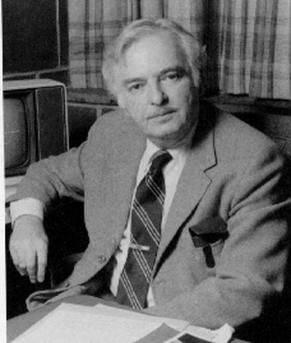
John George Kemeny was a Hungarian-born American mathematician, computer scientist, and educator best known for co-developing the BASIC programming language in 1964 with Thomas E. Kurtz. Kemeny served as the 13th President of Dartmouth College from 1970 to 1981 and pioneered the use of computers in college education. Kemeny chaired the presidential commission that investigated the Three Mile Island accident in 1979. According to György Marx he was one of The Martians.

Henry Snell, 1st Baron Snell, was a British socialist politician and campaigner. He served in government under Ramsay MacDonald and Winston Churchill, and as the Labour Party's leader in the House of Lords in the late 1930s.
George Davis Snell NAS was an American mouse geneticist and basic transplant immunologist.
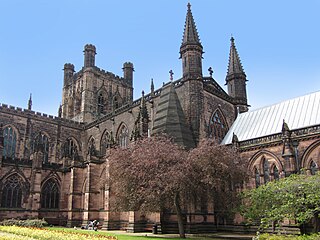
Chester Cathedral is a Church of England cathedral and the mother church of the Diocese of Chester. It is located in the city of Chester, Cheshire, England. The cathedral, formerly the abbey church of a Benedictine monastery dedicated to Saint Werburgh, is dedicated to Christ and the Blessed Virgin Mary. Since 1541, it has been the seat of the Bishop of Chester.
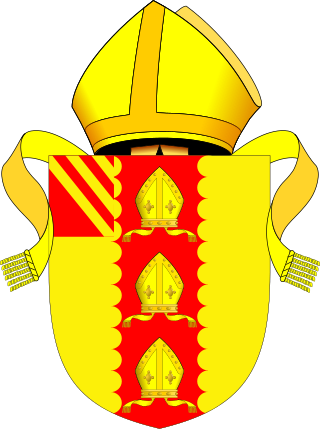
The Diocese of Manchester is a Church of England diocese in the Province of York, England. Based in the city of Manchester, the diocese covers much of the county of Greater Manchester and small areas of the counties of Lancashire and Cheshire.

Chester Racecourse, also known as the Roodee, is a racecourse located in Chester, England. The horse racing venue is officially recognised by Guinness World Records as the "oldest racecourse still in operation". Horse racing in Chester dates back to the early sixteenth century, with 1539 cited as the year racing began, although some sources give a date of 1512 for the first races in Chester. It is also thought to be the smallest racecourse of significance in England at 1 mile and 1 furlong (1.8 km) long.

Randle Holme was a name shared by members of four successive generations of a family who lived in Chester, Cheshire, England from the late years of the 16th century to the early years of the 18th century. They were all herald painters and genealogists and were members of the Stationers' Company of Chester. All four painted memorial boards and hatchments, and some of these can still be found in Cheshire churches.
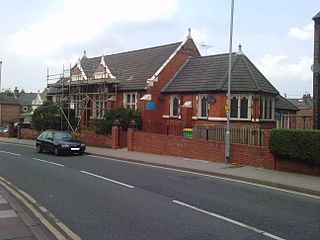
The Church of St. Thomas of Canterbury is an active Anglican parish church situated in the City of Chester, in an area of the city informally known as "The Garden Quarter", a densely populated area, close to the University. The church was built in 1872, but the parish of St. Oswald which it serves is much older, dating back to about 980 AD. One of the earliest references to St. Oswald's can be found in Bradshaw's. The parish registers date back to 1580. The church is recorded in the National Heritage List for England as a designated Grade II listed building. The church is part of the diocese of Chester, the archdeaconry of Chester and the deanery of Chester. The patrons of the parish are the dean and chapter of Chester Cathedral.
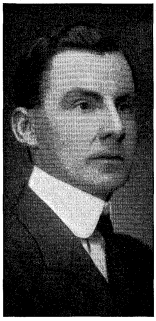
Walter Otheman Snelling was a chemist who contributed to the development of explosives, aircraft ordnance, and liquefied petroleum gas.

George Lloyd was born in Wales, and became Bishop of Sodor and Man, then Bishop of Chester. He is remembered for Bishop Lloyd's House in Chester, which he had built in the years before his death, and which is recorded in the National Heritage List for England as a designated Grade I listed building.

St Werburgh's Church is in Grosvenor Park Road, Chester, Cheshire, England. It is an active Roman Catholic parish church in the diocese of Shrewsbury. The church is recorded in the National Heritage List for England as a designated Grade II listed building. It should not be confused with the Benedictine Abbey of St Werburgh established in 1093 by Hugh d'Avranches, 1st Earl of Chester.

St George's Church stands in the centre of the town of Poynton, Cheshire, England. It is an active Anglican parish church in the deanery of Cheadle, the archdeaconry of Macclesfield, and the diocese of Chester. The church is recorded in the National Heritage List for England as a designated Grade II listed building. It is the tallest building in Poynton.
George Snell was the Archdeacon of Totnes.
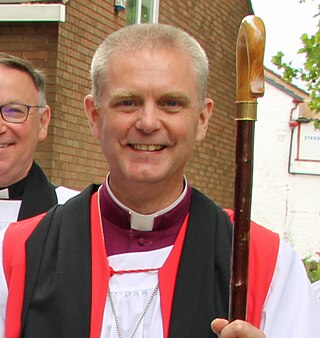
The Bishop of Chester is the Ordinary of the Church of England Diocese of Chester in the Province of York.

James Hall was an English antiquary, historian and schoolteacher, best known for his history of the Cheshire town of Nantwich, which remains among the principal sources for the town's history. He also edited accounts of the English Civil War and documents relating to Combermere Abbey. Another work on the history of Combermere Abbey, Newhall and Wrenbury was never published; its manuscript has been lost. Hall is commemorated in Nantwich in several ways, including a street named for him.
















